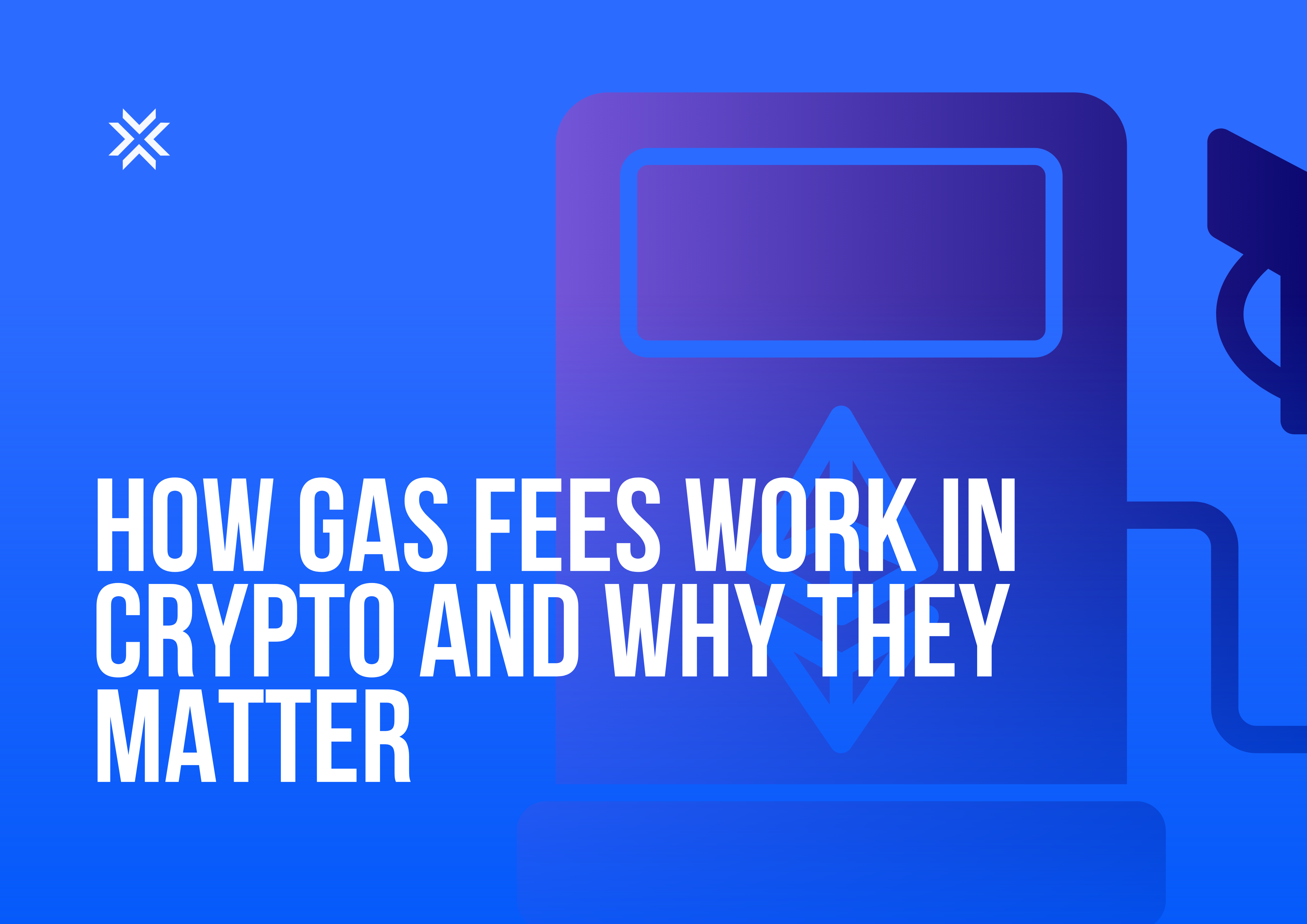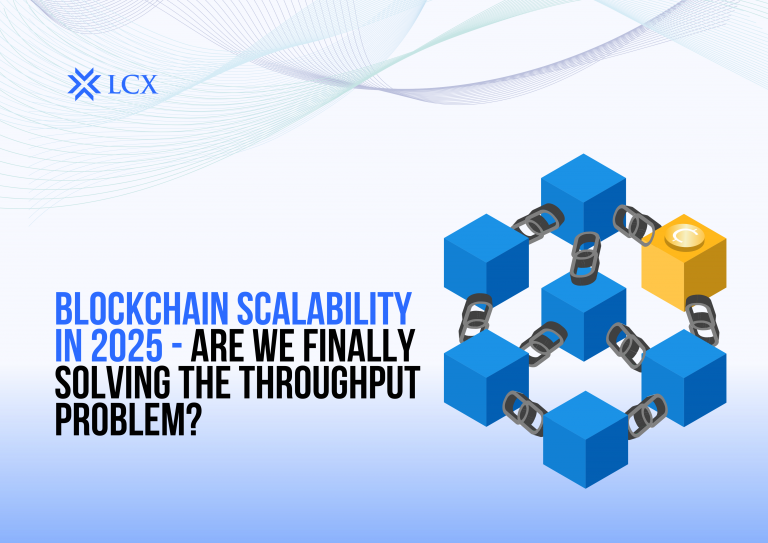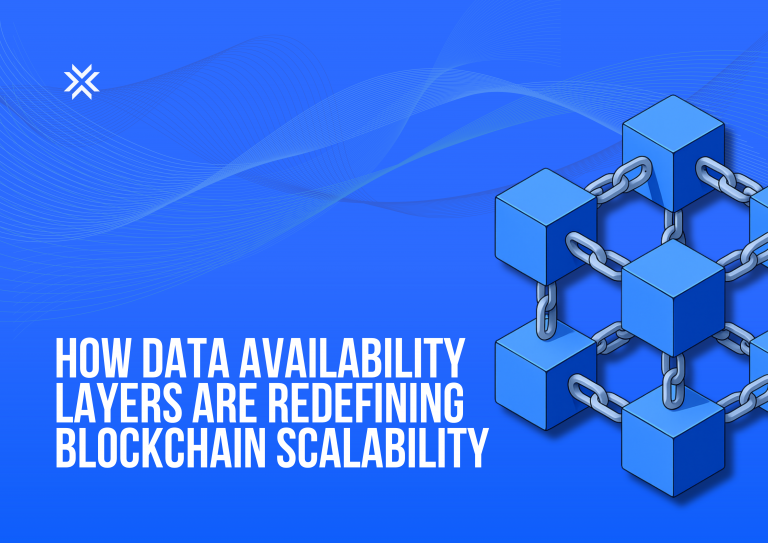Ever sent crypto and noticed an extra fee or waited longer than expected for confirmation? That’s likely due to gas fees, one of the most important (and often confusing) parts of blockchain transactions.
As cryptocurrencies gain global traction, understanding gas fees is essential. These fees aren’t just random charges; they’re the fuel that keeps decentralized networks running. Whether you’re swapping tokens, minting NFTs, or transferring funds, gas fees help prioritize and secure your transaction on the blockchain.
In this blog, we’ll break down gas fees in simple terms. You’ll learn what gas fees are, how they’re calculated, why they matter, and how to avoid overpaying. Whether you’re just getting started or looking to optimize your crypto activity, this guide will give you the clarity and confidence to navigate the blockchain more efficiently.
What Are Gas Fees in Crypto?
Gas fees are transaction costs required to perform operations on a blockchain network. Just like you pay a bank fee to wire money, gas fees compensate miners or validators for using their computational power to process and confirm your transaction.
Think of gas as fuel, it powers the network and ensures transactions are not only processed but also prioritized and secured.
How Are Gas Fees Calculated?
Ethereum (the most well-known model):
Gas fees on Ethereum follow this simplified formula:
java
CopyEdit
Gas Fee = Gas Units (limit) × Gas Price
However, after the EIP-1559 upgrade in 2021, Ethereum introduced a new model:
java
CopyEdit
Total Fee = Base Fee + Priority Tip
- Gas Limit: The maximum amount of work you’re willing to pay for.
- Base Fee: A standard network fee that adjusts with congestion.
- Priority Tip (Tip): An optional incentive to miners to prioritize your transaction.
Example:
If Base Fee = 20 gwei and Tip = 2 gwei, and your transaction uses 21,000 gas units:
java
CopyEdit
Total Fee = 21,000 × (20 + 2) gwei = 462,000 gwei = 0.000462 ETH
Why Gas Fees Matter
- Network Security: Gas fees discourage spam attacks by adding a cost to every action.
- Transaction Priority: Higher fees help your transaction get confirmed faster.
- Scalability Pressure: High fees during congestion expose the need for scaling solutions.
Real-World Impact:
- In 2021, Ethereum gas fees once spiked to over $300 during NFT minting booms.
- In contrast, Solana’s high throughput allows it to maintain fees below $0.01, even during peak usage.
Factors That Influence Gas Fees
- Network Congestion: More users = higher fees.
- Complexity of the Transaction: Interacting with smart contracts or DeFi platforms costs more than simple transfers.
- Blockchain Architecture: Some blockchains are optimized for low-cost, high-speed transactions.
Conclusion
Gas fees are not just an expense—they are a vital part of how blockchain networks function. Understanding how they work can help you navigate the crypto world more efficiently, make smarter transaction decisions, and avoid overpaying during high-traffic periods.
Whether you’re an investor, developer, or NFT collector, knowing how to optimize gas fees will save you time, money, and frustration on-chain.









